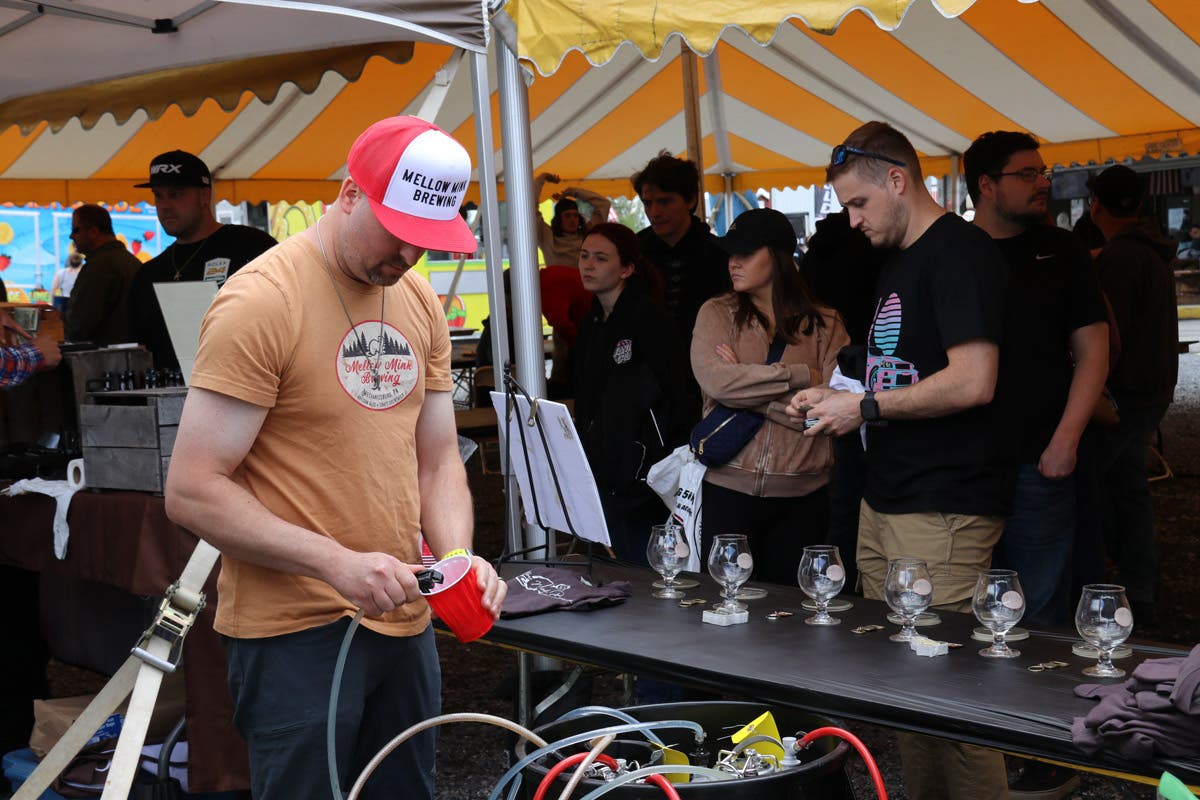Corvair family loses Richard Floyd Finch
By Greg Riley Recently the Corvair community lost one of its leading citizens, Richard Floyd Finch July 29, 1935-August 12, 2018. Many of us became familiar with Finch after the…
By Greg Riley
Recently the Corvair community lost one of its leading citizens, Richard Floyd Finch July 29, 1935-August 12, 2018. Many of us became familiar with Finch after the publication of his 1975 book “How to Keep Your Corvair Alive.” At a time when Corvairs were being vilified by the ill-informed as unsafe death traps, Finch was the cars public cheerleader and provided solid information on maintaining and improving your Corvair that have proven to be invaluable to generations of owners. Countless beginning welders are also familiar with his “Welders Handbook” which is still widely used today.
Finch was much more than Corvair’s and welding. He graduated from high-school at age 16, and later from California Polytechnic State University. As a young man Finch raced go-karts, sports cars, and race cars of his own design. He even raced a dune buggy in the Baja off-road race. He worked in the Aerospace industry at Vandenberg Air Force base, and the rocked testing program at Holloman Air Force base in New Mexico to which he later retired.
His proudest accomplishment was being accepted as an engineering team member at the NASA Space Center in Florida. Finch was also a commercial pilot with a twin-engine and flight-instructor rating. He adapted a Corvair engine to a Cessna aircraft, and later published “Converting Auto Engines for Experimental Aircraft.” Finch’s belief in the adaptability for aircraft has since resulted in wide-spread acceptance of the Corvair powerplant for experimental aircraft use.
For many years his CORSA-ized Corvair Monza 4-door was one of the best known Corvair’s in the world. The car was purchased “new-used” as a 110hp with a powerglide. Finch soon converted it to full CORSA specs including the addition of rare factory air-conditioning. Finch used this car as his daily driver for eighteen years including towing his race cars to races all over the countries. In 1978 it won several econ-runs with an average of 37.5mpg.
In June 1969 he acquired Yenko Stinger YS003 as a pristine 2,500-mile cream-puff. Finch variously raced the car and drove it as transportation until 1974 when it was sold soon becoming the property of fellow Corvair racer and author Seth Emerson. Seth purchased the very first copy of How to Keep Your Corvair Alive at the 1975 CORSA convention. Seth says, “I learned a lot about Corvair’s from Richard, but probably the most enduring lessons were about welding and fabrication.”
“The books he wrote on welding techniques were industry standards. He wasn’t afraid to build something himself and share the information on how to do it. His Corvair books are great examples, but especially his welding books. He once told me that he could teach me all I needed to weld in an afternoon, then, after a few years of practice, I would be ‘okay’.”
I saw my first copy of Finch’s book in 1978 at a bookstore as a 16-year-old Corvair owner. The price was $8.95 which was more than I could afford. I returned to the store for weeks afterwards to peek at his book to learn about my Corvair. Eventually I acquired a copy which became the start of my large automotive library. In 1986 an updated version was published in conjunction with Clark’s Corvair Parts that elevated the original and is still in print today.
Richard Finch made numerous contributions not only to the collector car community, but to the aerospace industry and country. All that met him were impressed with his depth of knowledge and his willingness to listen and share. His books made you feel like with a bit of practice any project was possible. He will be missed but his knowledge lives in in his books.








